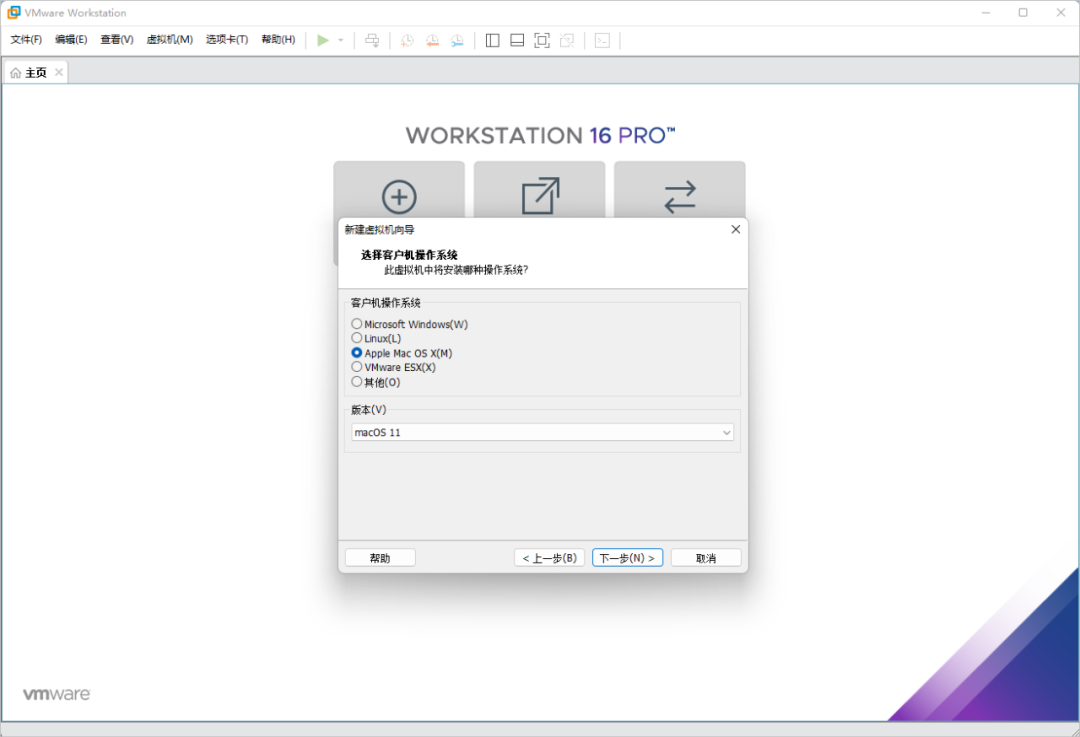

- Run mac os on vmware workstation 11 mac os x#
- Run mac os on vmware workstation 11 archive#
- Run mac os on vmware workstation 11 download#
For example, if I want a 2880x1800 display resolution, I would add the following: In this case, you would need to also add the following two advanced settings to the VM which can be done using the vSphere Web/C# Client or the vSphere API. One other thing to note is if you plan on using higher display resolution than 2560x1600, you may need to configure some additional VM Advanced Settings due to use of framebuffers that are larger than 16MB.
Run mac os on vmware workstation 11 mac os x#
Below is a screenshot of a Mac OS X 10.11 (El Capitan) running on vSphere 6.0 Update 1 configured with a 1920x1080 resolution. If we take a look at our Mac OS X VM, we should now see that our new custom display has taken effect. If output does not match, it most likely means you need to increase the video memory and you can refer to this VMware KB 1003 for more details.

If everything was successful, you should see that both the "Requested resolution" and the "Effective resolution" match in the output. In the example above, I have 16MB configured for my Mac OS X VM which would give you a max resolution of 2560x1600. Note: Ensure you have sufficient video memory configured for your VM for larger display resolutions. For example, to set a 1920x1080 resolution, you would run the following command: Make sure to use "sudo" if you want the display resolution to persist through a system reboot. The syntax for the vmware-resolutionSet utility is pretty straight forward, it accepts a width and height argument. One thing to note is that there is a known issue right now for VMware Fusion 8.1 related to NAT and port forwarding, you may want to hold off on upgrading if you rely on this feature. You can find it under '/Library/Application Support/VMware Tools'. UPDATE (12/11/15)- Thanks to reader it looks like the latest VMware Fusion 8.1 release now includes an updated version of VMware Tools (10.0.5) which includes the vmware-resolutionSet utility. Although this tool has not been officially released and must go through the standard release process, the plan is to include it in a future update of VMware Tools and will available for use with both VMware Fusion and vSphere. You will need to ensure you have VMware Tools installed and running before you can use this utility. As of right now, customers can get a hold of this utility by filing an SR with VMware Support and referencing PR 1385761. The workaround that has been developed is a tiny standalone command-line utility called vmware-resolutionSet which runs within the Mac OS X Guest and allows you to configure a custom display resolution.

Given this is a non-trivial fix, VMware Engineering has been working hard on a providing a workaround which would still allow users to set a custom resolution from within the GuestOS. The reason for this behavior is that Apple has changed the way in which it remembers previously used modes and would automatically fall back to this versus retaining the custom mode using the Display Preferences. it uses the std::experimental::filesystem for compatibility.For customers who are running Mac OS X 10.9 (Mavericks) or newer in a Virtual Machine, you may have noticed that you can no longer set a custom display resolution beyond the default 1024x768 in either VMware Fusion and vSphere, regardless of the amount of video memory that has been allocated.
Run mac os on vmware workstation 11 archive#
Make sure you don't run it from the archive because the backup folder it creates is needed if you want to uninstall it later.
Run mac os on vmware workstation 11 download#


 0 kommentar(er)
0 kommentar(er)
